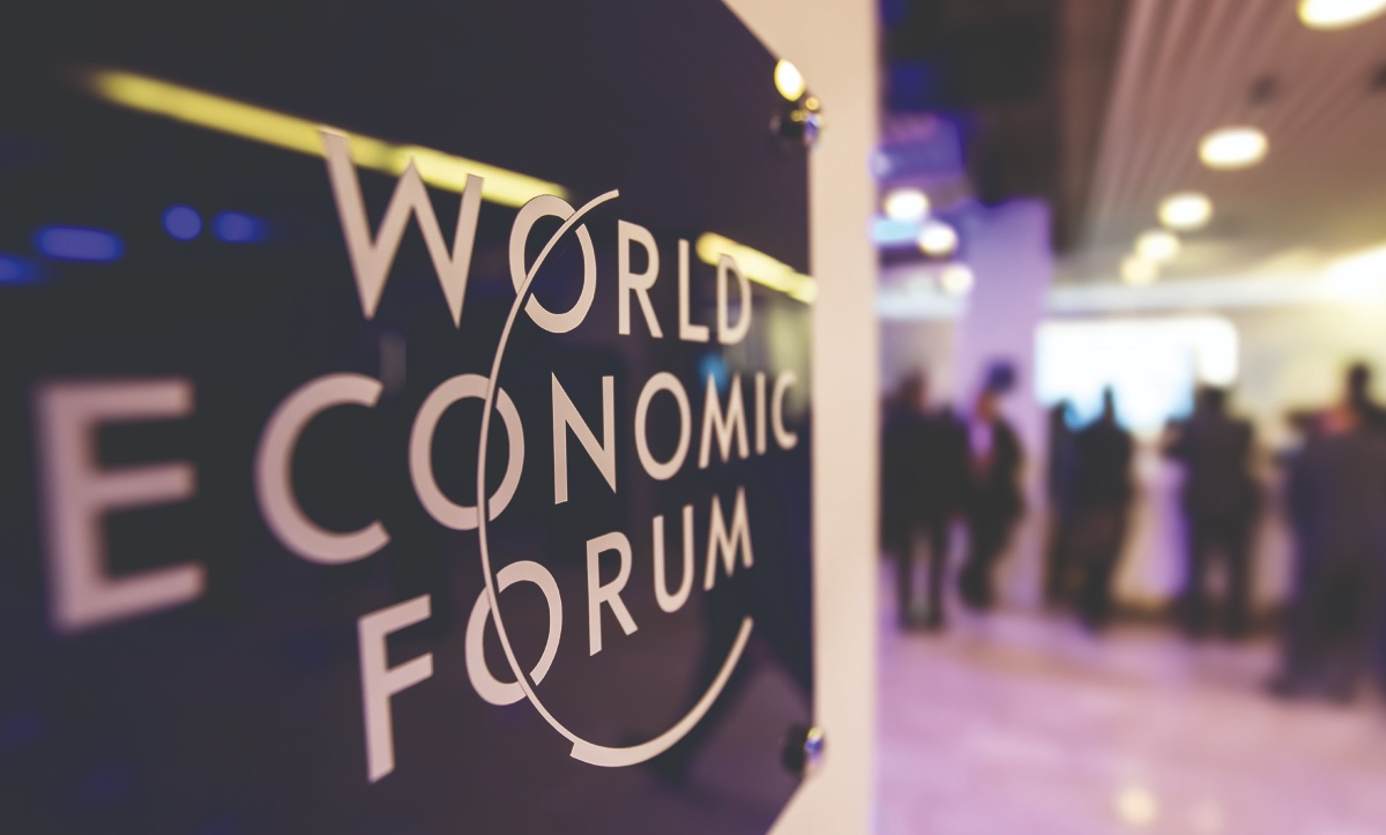Amidst escalating geopolitical tensions and ongoing economic uncertainties that have garnered the attention of industry experts, a recent report sheds light on the expanding digital divide and the emergence of new technologies, notably artificial intelligence, as prominent and escalating risks anticipated in the rapidly evolving cybersecurity domain for the upcoming year.
In response to the intricate and evolving nature of cyber threats, the report underscores the imperative need for collaborative efforts transcending borders and industries.
It advocates for a united approach to tackle these interconnected threats, emphasising the importance of fostering resilience in the cybersecurity landscape.
According to Managing Director, World Economic Forum, Switzerland Jeremy Jurgens the cyber realm evolves in response to emerging technologies and shifting geopolitical and economic trends, so do the challenges that threaten our digital world.
“We urgently need coordinated action by key public-private stakeholders if we are to collectively address these complex, ever-evolving threats and build a secure digital future for all,” said Jurgens
The year 2024 is unfolding with a striking contrast between organisations that stand strong in the face of cyber challenges and those grappling to keep up, marking a significant risk on the horizon.
Sadly, the number of organisations maintaining a bare minimum level of cyber resilience has plummeted by 30% compared to the previous year. While larger entities showcase commendable progress in cyber resilience, their smaller counterparts are experiencing a noticeable decline.
This widening gap in cyber preparedness is fueled by overarching economic trends, industry regulations, and notably, the early adoption of groundbreaking technologies by certain organisations.
Adding to the complexity, there’s a growing shortage of cyber skills and talent, escalating at an alarming pace. A mere 15% of all organisations hold optimism that cyber skills and education will see significant improvement in the next two years.
In our current interconnected world, the expanding divide raises concerns as no organisation is immune. The report emphasises the paradox that external partners represent both the greatest asset and the most significant obstacle to an organisation’s cybersecurity.
Shockingly, 41% of surveyed organisations attributing a material incident in the past year point to third parties as the root cause, underscoring the intricate web of cybersecurity challenges faced by organisations today.
“No country or organisation is spared from cybercrime, yet many are direly underequipped to effectively face the threats, and we cannot have effective global response mechanisms without closing the capacity gap,” says Jürgen Stock, Secretary-General of INTERPOL.
“It is crucial that key stakeholders work collaboratively towards immediate, strategic actions that can help ensure a more secure and resilient global cyberspace,,”
Emerging Technologies Take Center Stage
Keeping an eye on this year’s landscape, emerging technologies, like AI, take center stage in the outlook. Surprisingly, fewer than one in 10 respondents foresee generative AI tipping the scales in favor of defenders against attackers in the next two years.
On the flip side, roughly half of the experts in the survey believe that generative AI will wield the most significant influence on cybersecurity within the same timeframe.
As generative AI gains ground, it sparks concerns among experts who worry about exacerbating longstanding challenges. About half of executives express unease over the potential impact of generative AI-driven advancements in cyber criminals’ adversarial capabilities, encompassing threats like phishing, malware, and deepfakes.
The human touch to the technological landscape underscores the genuine apprehensions and complexities faced by professionals as they navigate the evolving terrain of cybersecurity.
“Cyber resilience is increasingly dependent on a C-suite team that closely collaborates and communicates security priorities across the business and the industry,” says Paolo Dal Cin, Global Lead, Accenture Security
“This approach provides a clear view of cyber risks and allows security to be embedded from the start in all strategic business priorities as well as across third parties, vendors and suppliers.”
Despite the concerns, there’s a silver lining as experts point out a heartening surge in awareness regarding the significance of cybersecurity on a global scale, especially among top executives and CEOs.
The report reveals a positive trend where organisations are increasingly integrating cyber resilience into their overall risk management strategies. This shift signifies a growing recognition of the crucial role cybersecurity plays in the contemporary landscape, adding a touch of optimism to the evolving narrative.







